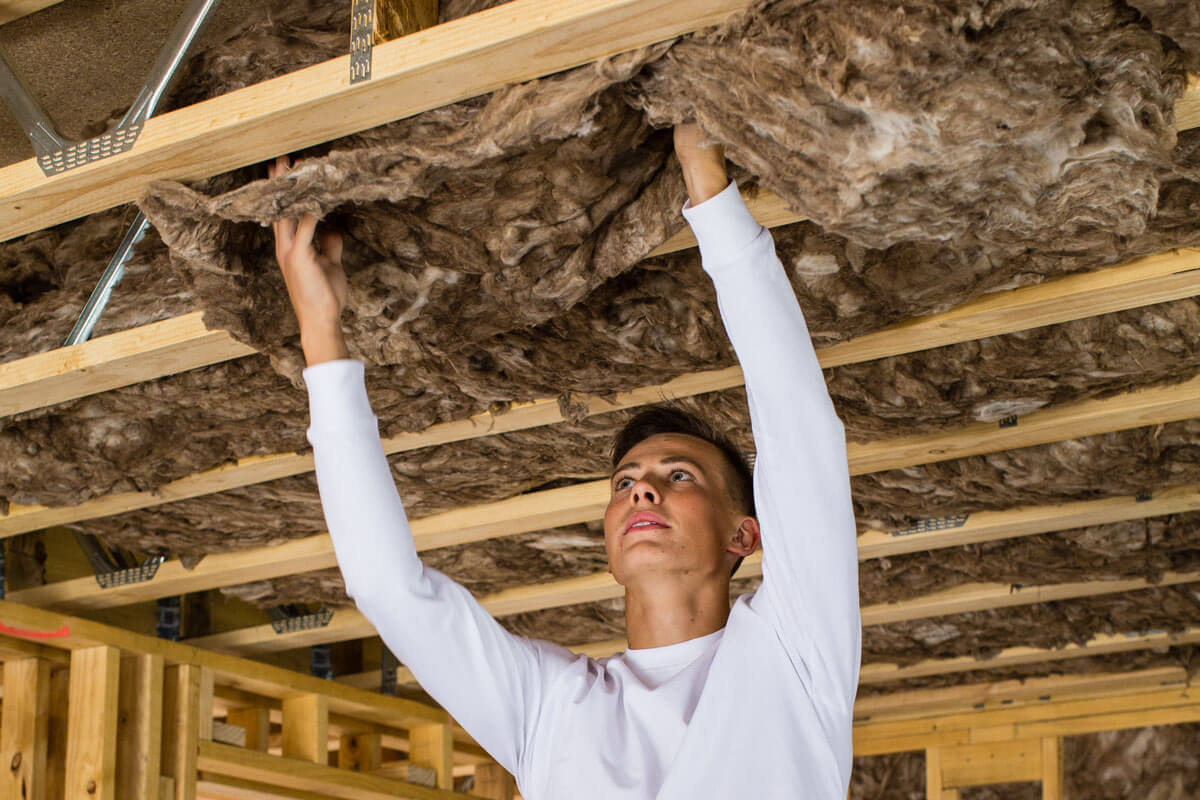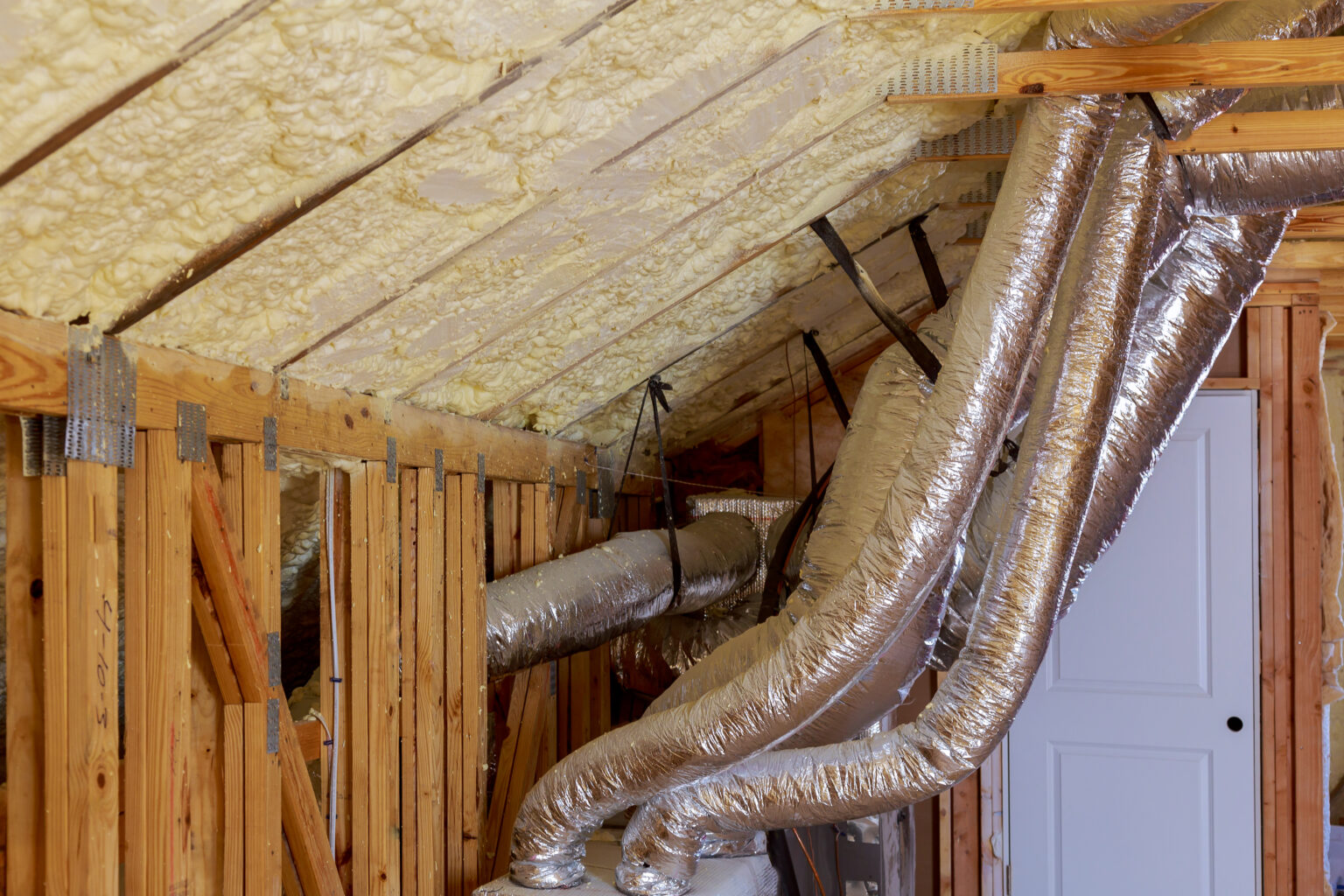🏠 Insulation Tips for Multi-Level Homes

Multi-story residences often present complex insulation challenges, particularly when upper floors become excessively warm. Effectively addressing this issue known commonly as the “upstairs too hot insulation fix” requires specialized insulation strategies fitted to each home’s specific layout. Employing targeted insulation techniques can significantly enhance indoor comfort, improve energy efficiency, and maintain balanced temperatures throughout the entire residence.
🔥 Heat Stratification in Multi-Story Homes
Heat naturally rises, a phenomenon known as heat stratification, leading to warmer upper floors. In multi-level residences, hot air accumulates upstairs, often making second-story rooms significantly warmer. Addressing heat stratification effectively demands precise insulation strategies that limit upward heat transfer, thereby stabilizing temperatures between floors.
Strategically placed insulation barriers between levels help mitigate heat movement, maintaining consistent indoor conditions and directly addressing issues related to excessively hot upper floors.
🕳️ Identifying Common Air Leaks Between Floors
![]()
A frequent cause of overheated second floors involves hidden air leaks between stories. These leaks typically occur around recessed lighting, plumbing penetrations, electrical wiring holes, and HVAC duct openings. Identifying and addressing these leaks is essential for effective temperature regulation and energy management.
Properly sealing these gaps complements insulation efforts, reducing heat transfer and improving overall indoor air quality by limiting the intrusion of allergens and contaminants.
🛠️ Effective Multi-Level Home Insulation Strategies
Optimizing insulation in multi-level homes involves carefully chosen materials and targeted installation methods:
Wall Insulation: High-quality wall insulation significantly curtails heat transfer, stabilizing temperatures across floors. Materials like dense-packed cellulose or spray foam insulation effectively fill wall cavities, improving thermal efficiency and comfort.
Ceiling and Floor Insulation: Insulating floor joist cavities between stories effectively reduces vertical heat transfer. Options such as batt insulation, blown-in cellulose, or spray foam can address overheating upstairs, creating more balanced temperatures throughout the residence.
Attic Airflow Management: Proper attic ventilation supports insulation efforts by preventing trapped heat from radiating downward. Balanced attic airflow helps keep upper floors cooler and mitigates overheating issues.
🌡️ Resolving Upstairs Temperature Imbalances
Addressing overheating issues on upper floors typically involves targeted insulation upgrades combined with strategic airflow improvements:
Enhanced Attic Insulation: Increasing attic insulation depth or choosing materials with higher R-values effectively reduces heat transfer into upper floors. Enhanced attic insulation directly addresses the need for an “upstairs too hot insulation fix.”
Comprehensive Air Sealing: Meticulously sealing gaps around attic entries, recessed fixtures, and ductwork openings dramatically improves temperature consistency, further reducing heat infiltration to upper levels.
Optimized Ductwork Insulation: Insulating ducts running through attics or crawl spaces ensures cooled air reaches upper floors without unnecessary warming, directly mitigating the “upstairs too hot” scenario.
🧱 Selecting Optimal Insulation Materials
Choosing appropriate insulation materials for multi-story homes involves careful consideration of the home’s unique characteristics:
Spray Foam Insulation: Offers exceptional sealing properties, effectively addressing intricate spaces and gaps to significantly reduce heat transfer between floors.
Blown-in Insulation: Ideal for filling irregular spaces, blown-in insulation offers consistent thermal protection, effectively addressing upstairs overheating.
Batt Insulation: Suitable for easily accessible areas like walls and ceilings, batt insulation provides solid thermal resistance, complementing a balanced temperature strategy.
🌬️ Balancing Insulation with Proper Airflow

Achieving optimal comfort in multi-level homes requires balancing insulation efforts with effective airflow management:
Ventilation Optimization: Adequate attic ventilation disperses accumulated heat efficiently, significantly reducing upstairs overheating and enhancing overall home comfort.
Strategic Air Sealing: Precision sealing targets specific leakage points, effectively reducing heat movement while preserving essential ventilation.
Routine Maintenance and Evaluations: Regular professional evaluations and maintenance of insulation and ventilation systems ensure ongoing comfort and efficiency, promptly addressing potential issues.





